Save Big on Your Smile: The Truth About All-on-4 Dental Implant Costs in Croatia
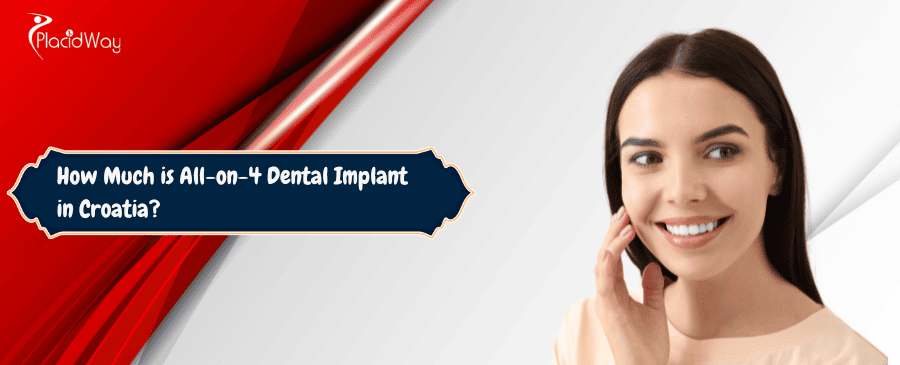
Are you considering All-on-4 dental implants to restore your smile and improve your oral health? Croatia has emerged as a leading destination for dental tourism, attracting patients worldwide with its high-quality dental care and significantly more affordable prices. This comprehensive guide will delve into everything you need to know about the cost of All-on-4 dental implants in Croatia, explore the factors influencing these prices, and provide a comparison with other countries. We'll also address common questions to help you make an informed decision about this life-changing dental procedure. If you're looking for a durable, aesthetically pleasing, and cost-effective solution for missing teeth, All-on-4 in Croatia could be the perfect option for you.
How Much Does All-on-4 Dental Implant Cost in Croatia?
For example, some clinics in Split offer packages for All-on-4 starting around $7,223, which often includes premium GC dental implants, titanium abutments, and a final fixed composite bridge. Other clinics might list prices in Euros, with ranges from €4,850 to €7,660 per arch. This broad range allows for different budgets and preferences, making Croatia an accessible option for many.
Why Are All-on-4 Dental Implants Cheaper in Croatia?
Croatian dental professionals are highly trained and often have international experience, utilizing state-of-the-art technology and high-quality materials comparable to those found in more expensive countries. The significant savings aren't a reflection of lower quality but rather a result of a more favorable economic environment. This allows clinics to pass on these savings to patients, making procedures like All-on-4 more accessible.
What Does the All-on-4 Dental Implant Cost in Croatia Typically Include?
-
Initial Consultation and Diagnostics: This often includes a thorough examination, panoramic X-rays, and sometimes 3D CT scans to assess bone density and plan the implant placement.
-
Four Dental Implants: These are the titanium (or sometimes zirconia) posts that are surgically placed into the jawbone.
-
Abutments: These are connectors that attach the prosthetic bridge to the dental implants.
-
Temporary Prosthetic (Denture): In most All-on-4 procedures, a temporary set of teeth is placed immediately after implant surgery, allowing patients to have a functional and aesthetic smile while the implants heal.
-
Final Fixed Prosthetic Bridge: This is the permanent set of teeth, usually made of acrylic, composite, or zirconia, that will be attached once the implants have fully integrated with the jawbone.
-
Post-operative Care: This might include follow-up appointments and necessary adjustments.
Some clinics may also include additional services in their packages, such as airport transfers, initial accommodation, and translation services, especially for international patients. Always ask for a detailed breakdown of costs.
How Does the Cost of All-on-4 in Croatia Compare to Other Countries?
As you can see, the savings in Croatia are substantial, making it an attractive option for those looking to get high-quality dental work at a fraction of the price they would pay in their home countries. Many patients find that even when factoring in travel and accommodation, the overall cost remains considerably lower.
What Factors Influence the Final Cost of All-on-4 Dental Implants in Croatia?
-
Clinic Location and Reputation: Clinics in major cities like Zagreb or Split might have slightly different pricing structures. Highly reputable clinics with extensive experience and state-of-the-art facilities may charge more than newer or smaller practices.
-
Type and Brand of Implants: Different implant brands (e.g., Straumann, Nobel Biocare, Zimmer, GC) have varying costs. Premium brands are often more expensive but may offer specific benefits or longer warranties.
-
Material of the Final Prosthesis:
-
Acrylic/Composite: These are generally the most economical options for the final fixed bridge.
-
Zirconia: Known for its superior strength, durability, and aesthetic appeal, zirconia prosthetics are typically more expensive.
-
Titanium-Zirconium Combination: Some clinics offer a titanium bar with zirconia crowns, balancing strength and aesthetics.
-
-
Complexity of the Case: Patients with significant bone loss might require preliminary procedures such as bone grafting or a sinus lift before implant placement. These additional procedures will add to the overall cost.
-
Additional Treatments: If tooth extractions are needed, or if there are any underlying gum diseases that require treatment, these will also contribute to the total expense.
-
Anesthesia Type: While local anesthesia is standard, some patients may opt for sedation (e.g., IV sedation), which incurs an extra charge.
-
Package Inclusions: As mentioned, some clinics offer comprehensive packages that include accommodation and transfers, while others provide just the dental procedure itself.
What are the Benefits of Choosing Croatia for All-on-4 Dental Implants?
-
Cost-Effectiveness: This is undoubtedly the most significant advantage. Patients can save thousands of dollars or euros compared to prices in their home countries.
-
High-Quality Care: Croatian dentists are well-regarded for their expertise and often undergo training in advanced dental techniques. Many clinics adhere to strict international standards and regulations.
-
Modern Facilities: Dental clinics in Croatia are typically equipped with cutting-edge technology, including 3D imaging, digital impression systems, and advanced surgical tools, ensuring precise and efficient treatment.
-
Experienced Professionals: Many Croatian dentists specialize in implantology and prosthodontics, with years of experience performing complex procedures like All-on-4.
-
Beautiful Destination: Croatia is a stunning country with picturesque coastlines, historic cities, and delicious cuisine. Patients can combine their dental treatment with a relaxing vacation, enhancing their overall experience.
-
Accessibility: Croatia is well-connected by air to many European cities, making travel relatively easy and affordable.
-
Language: English is widely spoken in dental clinics, ensuring clear communication between patients and staff.
How Long Does the All-on-4 Dental Implant Procedure Take in Croatia?
-
First Visit (3-7 days):
-
Day 1-2: Comprehensive examination, X-rays, CT scans, and treatment planning. Any necessary tooth extractions are performed.
-
Day 3-4: The four dental implants are surgically placed into the jawbone.
-
Day 4-7: Impressions are taken, and a temporary fixed prosthetic (denture) is fabricated and attached to the newly placed implants. This allows you to leave the clinic with a functional and aesthetic smile.
-
Recovery Period: After this first phase, there is a healing period of approximately 4 to 6 months. During this time, the implants integrate with your jawbone through a process called osseointegration.
-
-
Second Visit (5-10 days, 4-6 months later):
-
Once the implants have fully healed and integrated, you will return to Croatia.
-
Impressions for Final Prosthesis: New impressions are taken to ensure a precise fit for your permanent fixed bridge.
-
Fabrication of Final Prosthesis: The permanent bridge (made of composite or zirconia) is custom-made in a dental laboratory.
-
Placement of Final Prosthesis: The temporary prosthetic is removed, and the custom-made permanent bridge is securely attached to the implants. Final adjustments are made to ensure comfort and proper bite.
-
This two-stage approach ensures optimal healing and a durable, long-lasting result for your All-on-4 dental implants.
Are All-on-4 Dental Implants in Croatia Safe?
Croatia has a well-developed healthcare system, and many dental clinics cater specifically to international patients, adhering to high standards of care.
To ensure safety, it's crucial to:
-
Choose Accredited Clinics: Look for clinics that are internationally accredited or have certifications from recognized dental associations.
-
Verify Dentist Credentials: Research the qualifications, experience, and specialization of the dentists who will be performing your procedure. Many Croatian dentists have advanced training in implantology.
-
Modern Equipment and Sterilization: Ensure the clinic uses up-to-date equipment and maintains strict sterilization protocols to prevent infections.
-
Patient Reviews and Testimonials: Read reviews from previous patients to gauge their experiences regarding safety and satisfaction.
While no surgical procedure is entirely without risk, choosing a reputable clinic in Croatia significantly minimizes potential complications, making All-on-4 dental implants a safe and effective treatment option.
What Should I Look for When Choosing a Clinic for All-on-4 in Croatia?
-
Dentist's Expertise and Experience: Look for a dentist specializing in implantology or prosthodontics with a proven track record of successful All-on-4 procedures. Ask about their training and how many All-on-4 cases they have completed.
-
Clinic Accreditations and Certifications: Check if the clinic holds any international accreditations or is recognized by relevant dental associations.
-
Technology and Equipment: Ensure the clinic utilizes modern technology, such as 3D CT scans for accurate diagnosis and treatment planning, and advanced surgical equipment.
-
Transparency in Pricing: A reputable clinic will provide a clear, detailed breakdown of all costs involved, with no hidden fees.
-
Material Quality and Brands: Inquire about the brands of dental implants and prosthetic materials they use. Reputable brands like Straumann or Nobel Biocare are often preferred for their proven reliability.
-
Patient Testimonials and Before/After Photos: Review what other patients say about their experience and look at results from previous procedures.
-
Communication: Effective communication is vital, especially if you're traveling from abroad. Ensure the clinic has English-speaking staff and is responsive to your inquiries.
-
Aftercare and Warranty: Understand the clinic's policy on post-operative care and any warranties offered on the All-on-4 dental implants or prosthetic.
Are There Any Hidden Costs Associated with All-on-4 in Croatia?
-
Preliminary Treatments: If your initial assessment reveals the need for procedures like bone grafting, sinus lift, or complex tooth extractions, these will be extra costs. Ensure these are factored into your initial quote if known.
-
Type of Anesthesia: Most basic quotes include local anesthesia. If you opt for IV sedation or general anesthesia, there will be an additional charge.
-
Material Upgrades: While a standard composite or acrylic bridge might be included, upgrading to a zirconia bridge will increase the cost.
-
Travel and Accommodation: Unless explicitly stated in a package, flights, hotels, and local transportation are usually separate expenses. Factor these into your overall budget.
-
Follow-up Visits: While the main procedure involves two visits, any additional follow-up or unexpected complications might require further travel.
-
Medications: Post-operative medications like antibiotics or pain relievers may not be included.
-
Diagnostic Imaging: While initial X-rays might be included, repeated or specialized scans could be extra.
Always request a detailed treatment plan and cost breakdown before committing to any procedure.
What is the Recovery Time for All-on-4 Dental Implants?
-
Immediate Post-Surgery (First Few Days):
-
You may experience some swelling, bruising, and mild discomfort, which can be managed with prescribed pain medication.
-
A soft diet is recommended immediately after the procedure.
-
Most patients can return to light activities within a day or two.
-
You will have a temporary fixed bridge placed, allowing you to smile and eat soft foods.
-
-
Osseointegration (4-6 Months):
-
This is the critical healing period where the dental implants fuse with your jawbone. This process, called osseointegration, is essential for the long-term stability of the implants.
-
During this time, you'll need to maintain good oral hygiene and follow dietary restrictions (avoiding hard or chewy foods) to allow proper healing.
-
Once osseointegration is complete, you'll return for the second phase of treatment to receive your permanent fixed bridge.
-
Full recovery and adaptation to your new All-on-4 dental implants can take several months, but the initial discomfort is usually short-lived.
Can I Get My Final Prosthesis Immediately with All-on-4 in Croatia?
However, it's important to differentiate between the temporary and final prostheses. The temporary bridge is lighter and designed to allow the implants to heal without excessive force. The final, permanent prosthetic bridge, which is custom-made and significantly more durable (often from zirconia or high-quality composite), is placed only after the implants have fully integrated with the bone, a process that takes typically 4 to 6 months. This staged approach ensures the long-term success and stability of your All-on-4 dental implants.
What are the Alternatives to All-on-4 Dental Implants?
While All-on-4 dental implants offer a revolutionary solution for full arch rehabilitation, they are not the only option.
-
Traditional Full Arch Dental Implants (All-on-6, All-on-8): These involve placing more than four implants (e.g., six or eight) per arch to support a fixed bridge. This might be recommended for patients with greater bone density or specific anatomical considerations. While providing excellent stability, they typically involve higher costs due to the increased number of implants.
-
Conventional Dentures: These are removable prosthetics that rest on the gums. They are the least expensive option but can be less stable, may slip, and can lead to continued bone loss over time. They also require adhesive for retention and can impact taste and speech.
-
Implant-Supported Overdentures: This option uses 2 to 4 dental implants to provide greater stability and retention for a removable denture. The denture "snaps" onto the implants, offering better chewing efficiency and comfort than traditional dentures, but it is still removable. It's a middle-ground solution in terms of cost and stability.
-
Individual Dental Implants with Bridges: For patients missing multiple teeth but not a full arch, individual implants can be placed to support a bridge. This is suitable if there are still some healthy natural teeth remaining.
Each of these alternatives has its own set of advantages and disadvantages regarding cost, comfort, function, and longevity.
Who is a Good Candidate for All-on-4 Dental Implants?
-
Individuals with Significant Tooth Loss: Those who have lost most or all of their teeth in an arch (upper or lower).
-
Patients with Failing Dentition: People whose remaining teeth are severely damaged, decayed, or have advanced periodontal disease and need to be extracted.
-
Current Denture Wearers: Individuals who are unhappy with their removable dentures due to instability, discomfort, or difficulty eating and speaking.
-
Patients with Moderate Bone Loss: One of the key advantages of All-on-4 is its ability to use existing bone more efficiently, often avoiding the need for extensive bone grafting, which is common in traditional implant procedures for patients with bone loss. The implants are placed at an angle to maximize contact with available bone.
-
Good General Health: Candidates should be in reasonably good health, without uncontrolled systemic diseases that could hinder healing (e.g., uncontrolled diabetes, severe autoimmune disorders).
-
Non-Smokers or Willing to Quit: Smoking significantly increases the risk of implant failure.
-
Commitment to Oral Hygiene: Maintaining excellent oral hygiene is crucial for the long-term success of dental implants.
A detailed clinical examination, including 3D imaging, will determine if All-on-4 dental implants are the right choice for you.
What is the Success Rate of All-on-4 Dental Implants?
All-on-4 dental implants have a very high success rate, making them a reliable and predictable treatment for full arch rehabilitation.
-
High Long-Term Success: The reported success rates for All-on-4 dental implants typically range from 95% to 98% over a 10-year period. This indicates that the vast majority of implants remain functional and stable for a decade or more.
-
Factors Influencing Success: The success rate is highly dependent on several factors, including:
-
Surgeon's Skill and Experience: The expertise of the implant surgeon plays a crucial role in proper implant placement and surgical technique.
-
Patient Health: Good general health and adherence to post-operative instructions contribute significantly.
-
Oral Hygiene: Consistent and thorough oral hygiene practices are vital for preventing peri-implantitis (inflammation around the implant), which can lead to implant failure.
-
Quality of Materials: Using high-quality, biocompatible implant materials and prosthetic components contributes to longevity.
-
Regular Dental Check-ups: Routine check-ups with your dentist allow for early detection and management of any potential issues.
-
With proper planning, skilled execution, and diligent aftercare, All-on-4 dental implants offer a highly successful and durable solution for tooth replacement.
How do I Maintain My All-on-4 Dental Implants?
Proper maintenance is crucial for the long-term success and longevity of your All-on-4 dental implants.
Key maintenance practices include:
-
Daily Brushing: Brush your prosthetic bridge and gums thoroughly at least twice a day using a soft-bristled toothbrush.
-
Flossing: While traditional flossing around individual teeth isn't applicable, special flosses designed for implants or super floss can be used to clean under the bridge.
-
Water Flosser (Oral Irrigator): A water flosser is highly recommended for All-on-4 dental implants. It can effectively remove food particles and plaque from under the bridge and around the implants, where regular brushing might not reach.
-
Interdental Brushes: Small brushes designed to clean in tight spaces can also be beneficial.
-
Regular Professional Cleanings: Schedule professional cleanings and check-ups with your dentist every six months, or as advised. These appointments are vital for removing plaque and tartar build-up that at-home care might miss, and for the dentist to monitor the health of your implants and surrounding tissues.
-
Avoid Hard and Sticky Foods: While your permanent bridge is strong, avoiding excessively hard or sticky foods can help prevent damage.
-
Address Issues Promptly: If you notice any discomfort, swelling, or changes around your implants, contact your dentist immediately.
By following these maintenance guidelines, you can significantly extend the life of your All-on-4 dental implants and enjoy a healthy, functional smile for many years.
Can I Travel After Getting All-on-4 Dental Implants in Croatia?
-
Initial Recovery Period: After the implant placement (first visit), it's recommended to stay in Croatia for a few days (typically 3-7 days) to allow for initial healing, any immediate post-operative checks, and the fitting of your temporary prosthetic. Your dentist will ensure you are comfortable and that there are no immediate complications before you travel.
-
Long-Distance Travel: Once your dentist clears you, usually after 2-3 days, you can typically fly home. Any minor swelling or discomfort can be managed with medication.
-
Second Visit Planning: Remember that All-on-4 dental implants require a second visit (4-6 months later) for the placement of your permanent bridge. Plan your return travel accordingly.
-
Dental Records: Ensure you have copies of your dental records, including X-rays and treatment details, in case of any issues or if you need to consult a local dentist in your home country during the healing phase.
-
Follow-up Communication: Establish clear communication channels with your Croatian clinic for any questions or concerns that may arise during your healing period back home.
Many patients successfully combine their All-on-4 dental implants treatment with a pleasant trip to Croatia, making it a truly rewarding experience.
Is it Possible to Get a Full Mouth All-on-4 in One Trip to Croatia?
-
First Trip (Initial Surgery & Temporary Prosthesis): You can have both your upper and lower All-on-4 dental implants placed, and temporary prostheses fitted, during a single visit. This initial trip might be slightly longer, perhaps 7-10 days, to accommodate the surgical complexity and immediate post-operative care for both arches.
-
Healing Period: After this first trip, you will return home to allow the implants to integrate with your jawbone over the next 4 to 6 months.
-
Second Trip (Final Prosthesis): Once osseointegration is complete, you will need to return to Croatia for your second trip to have your custom-made, permanent fixed bridges attached to the implants.
Therefore, while the significant surgical work is condensed into the first trip, the overall "full mouth" restoration with the final, definitive prostheses will still span two trips separated by several months.
Does Dental Insurance Cover All-on-4 Dental Implants in Croatia?
-
Limited Coverage: Many standard dental insurance plans offer limited or no coverage for major restorative procedures like All-on-4 dental implants. Even if they do, there are often annual limits that are far below the total cost of the procedure.
-
International Treatment: Most insurance providers have limitations on coverage for treatments received outside your home country. It's crucial to contact your insurance company directly before planning any treatment abroad to understand their policies on international dental care.
-
Medical Tourism Policies: Some specialized medical tourism insurance plans might offer coverage for dental procedures abroad, but these are less common and need to be researched thoroughly.
-
Partial Reimbursement: Even if full coverage isn't available, some policies might offer partial reimbursement for specific components of the treatment, such as extractions, diagnostic X-rays, or the prosthetic bridge itself, if deemed medically necessary.
-
Out-of-Pocket Expense: Given the significant cost savings, many patients choose to pay for All-on-4 dental implants in Croatia out-of-pocket, finding that the total cost is still less than what they would pay for the same procedure with partial insurance coverage in their home country.
Always clarify with your insurance provider what your policy covers and what documentation they require for any potential reimbursement.
Explore PlacidWay for solutions related to medical tourism and healthcare services.
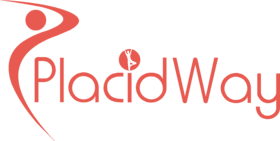

.png)
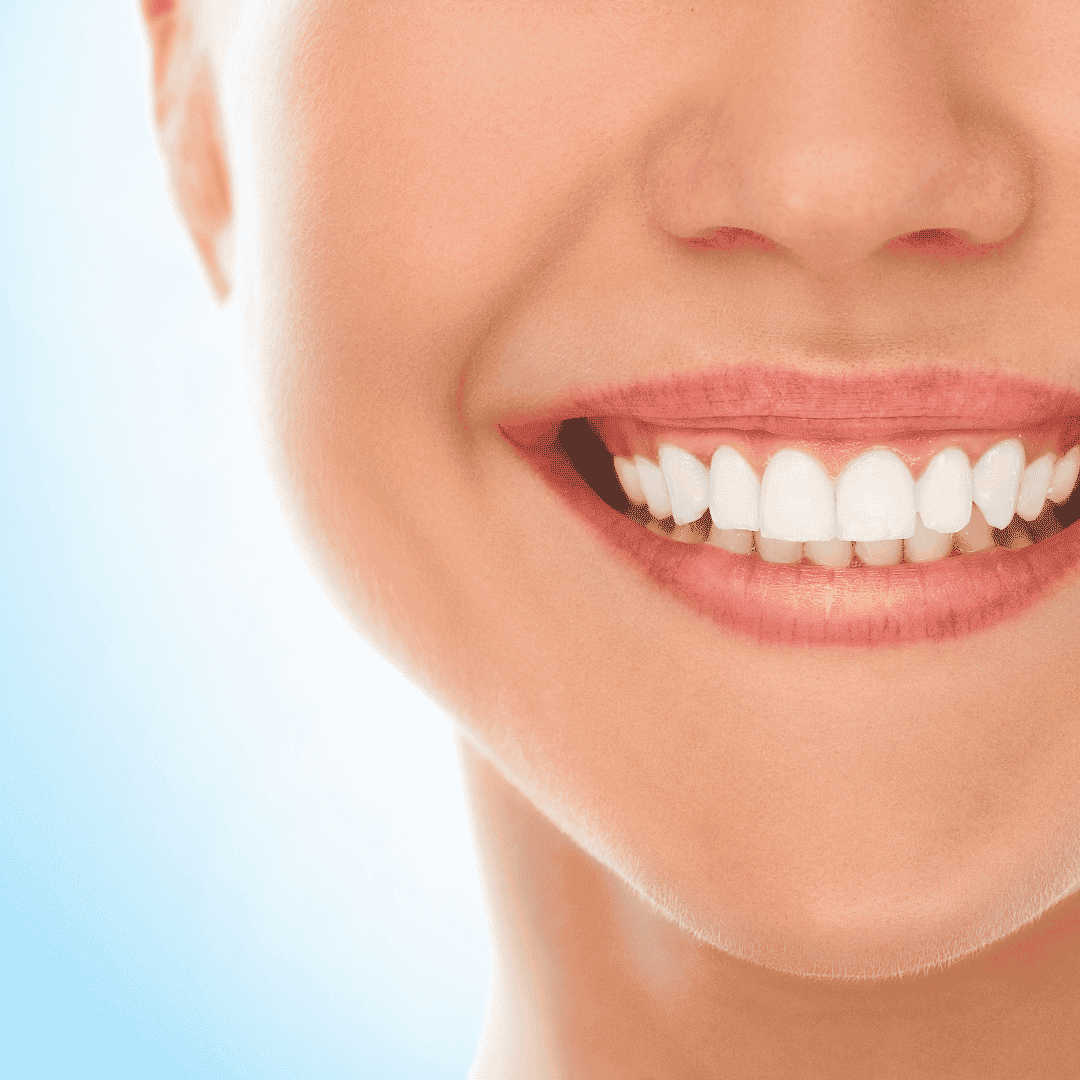




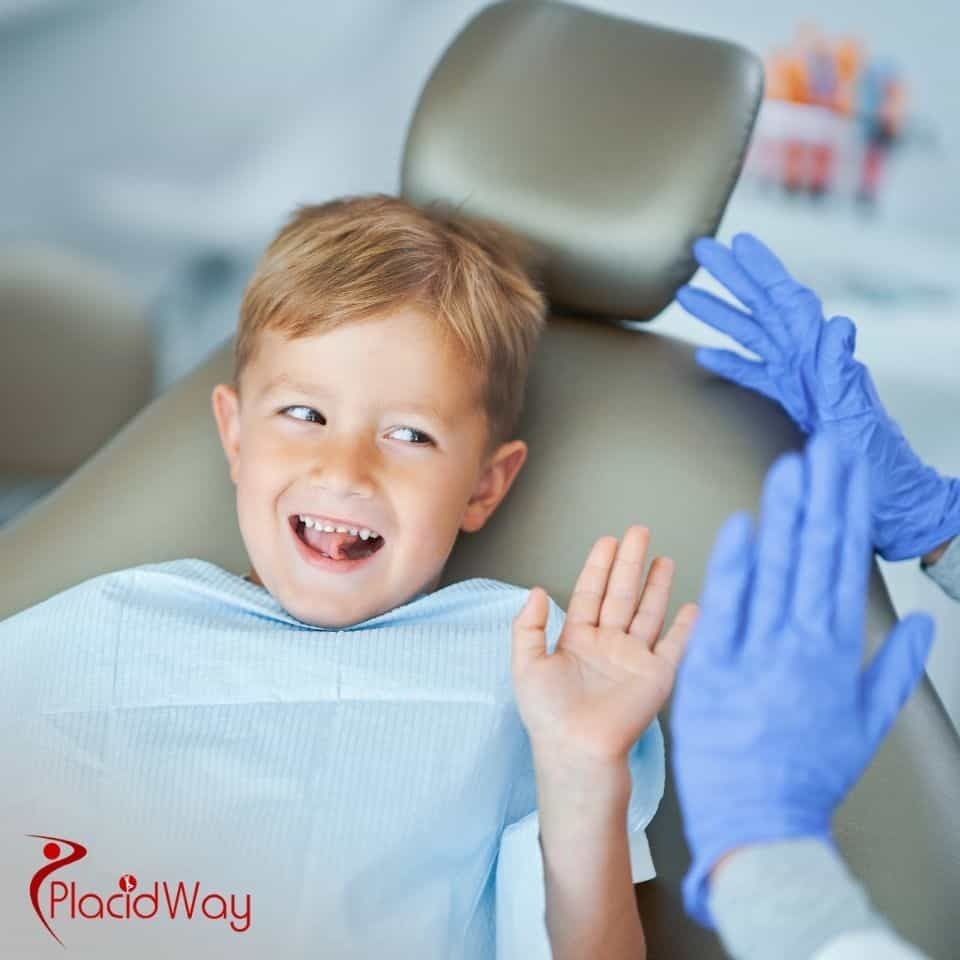

.png)

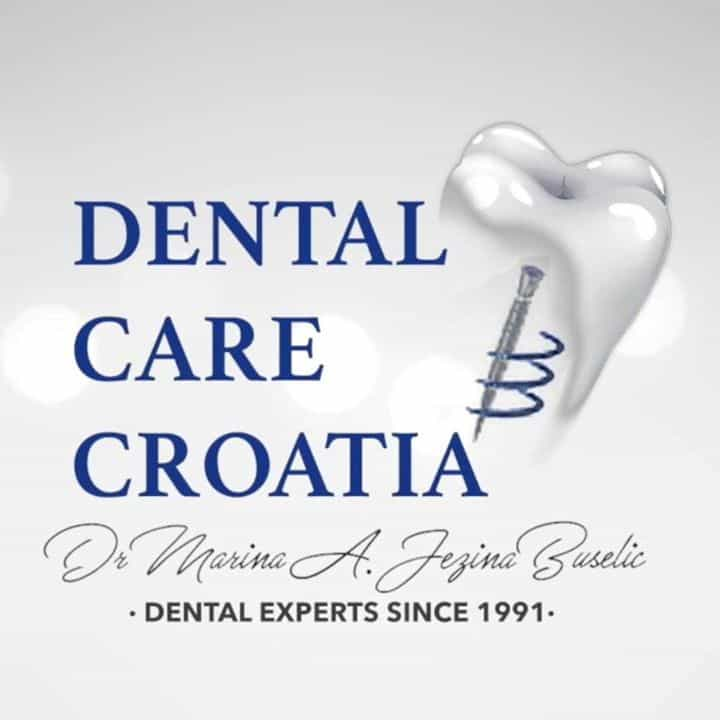
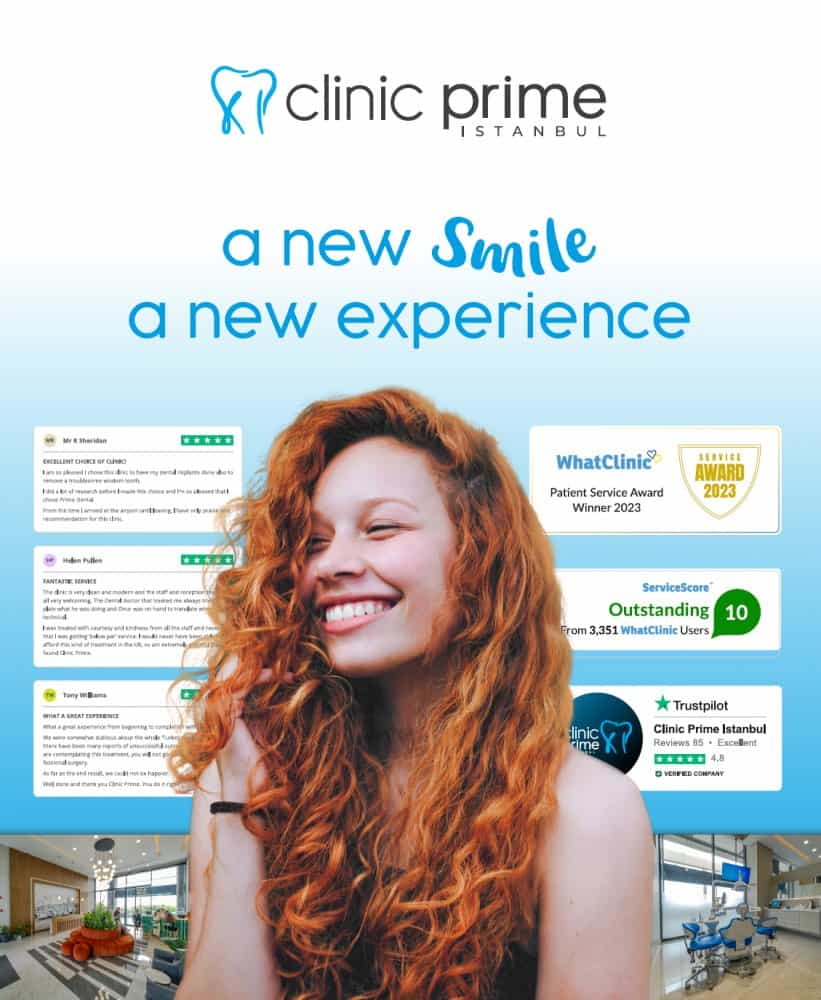
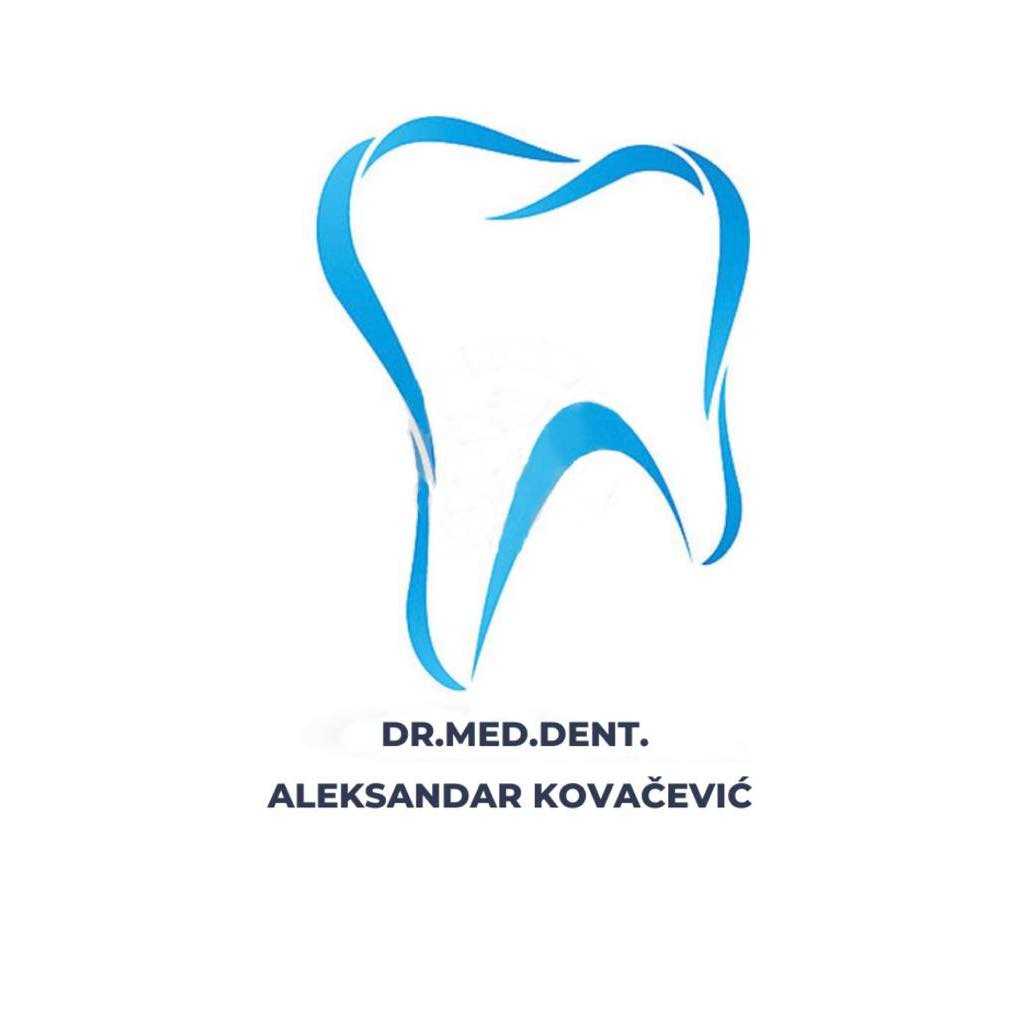
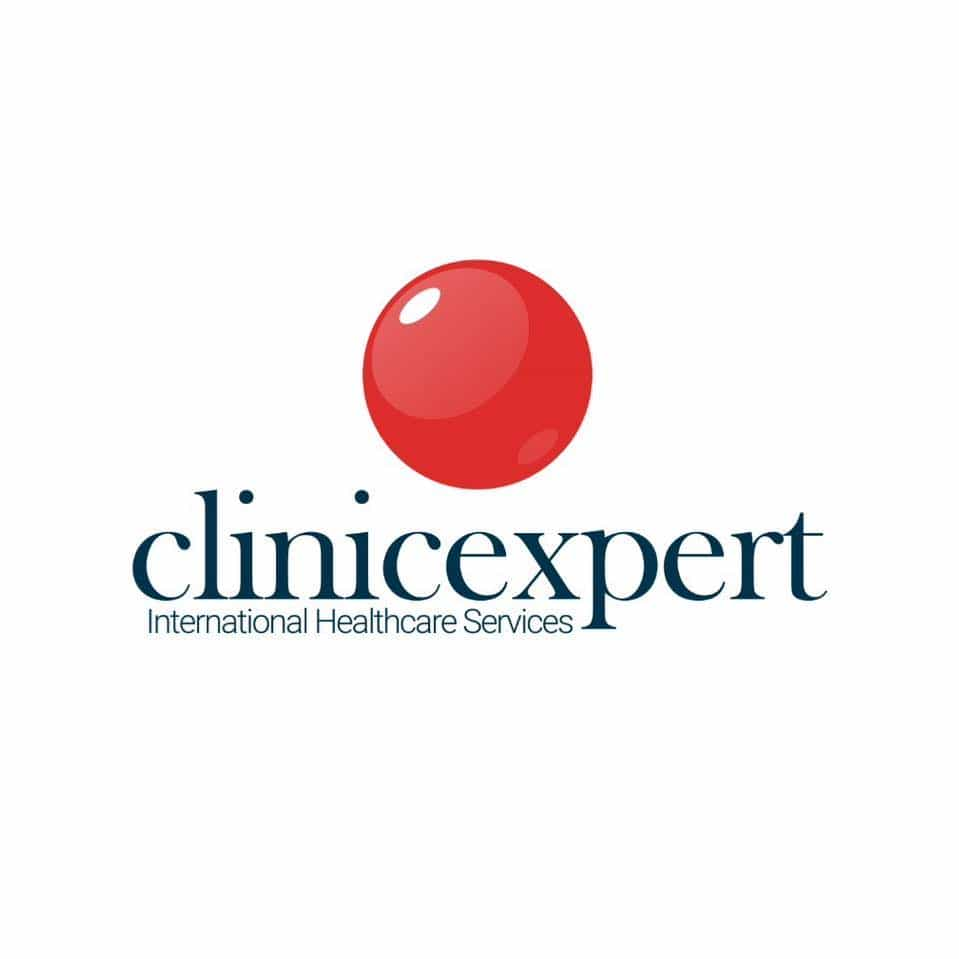

Share this listing